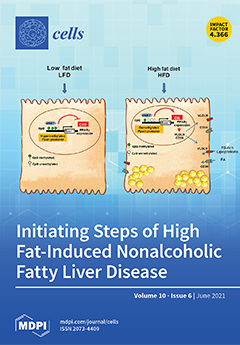Bradysia species, commonly known as fungus gnats, are ubiquitous in greenhouses, nurseries of horticultural plants, and commercial mushroom houses, causing significant economic losses. Moreover, the insects from the
Bradysia genus have a well-documented role in plant pathogenic fungi transmission. Here, a study on
[...] Read more.
Bradysia species, commonly known as fungus gnats, are ubiquitous in greenhouses, nurseries of horticultural plants, and commercial mushroom houses, causing significant economic losses. Moreover, the insects from the
Bradysia genus have a well-documented role in plant pathogenic fungi transmission. Here, a study on the potential of
Bradysia impatiens to acquire and transmit the peanut stunt virus (PSV) from plant to plant was undertaken. Four-day-old larvae of
B. impatiens were exposed to PSV-P strain by feeding on virus-infected leaves of
Nicotiana benthamiana and then transferred to healthy plants in laboratory conditions. Using the reverse transcription-polymerase chain reaction (RT-PCR), real-time PCR (RT-qPCR), and digital droplet PCR (RT-ddPCR), the PSV RNAs in the larva, pupa, and imago of
B. impatiens were detected and quantified. The presence of PSV genomic RNA strands as well as viral coat protein in
N. benthamiana, on which the viruliferous larvae were feeding, was also confirmed at the molecular level, even though the characteristic symptoms of PSV infection were not observed. The results have shown that larvae of
B. impatiens could acquire the virus and transmit it to healthy plants. Moreover, it has been proven that PSV might persist in the insect body transstadially. Although the molecular mechanisms of virion acquisition and retention during insect development need further studies, this is the first report on
B. impatiens playing a potential role in plant virus transmission.
Full article






